From Hawaii to Samoa: Tattoos That Go Beyond Skin Deep
Five Polynesians reveal what tattoos mean to them.
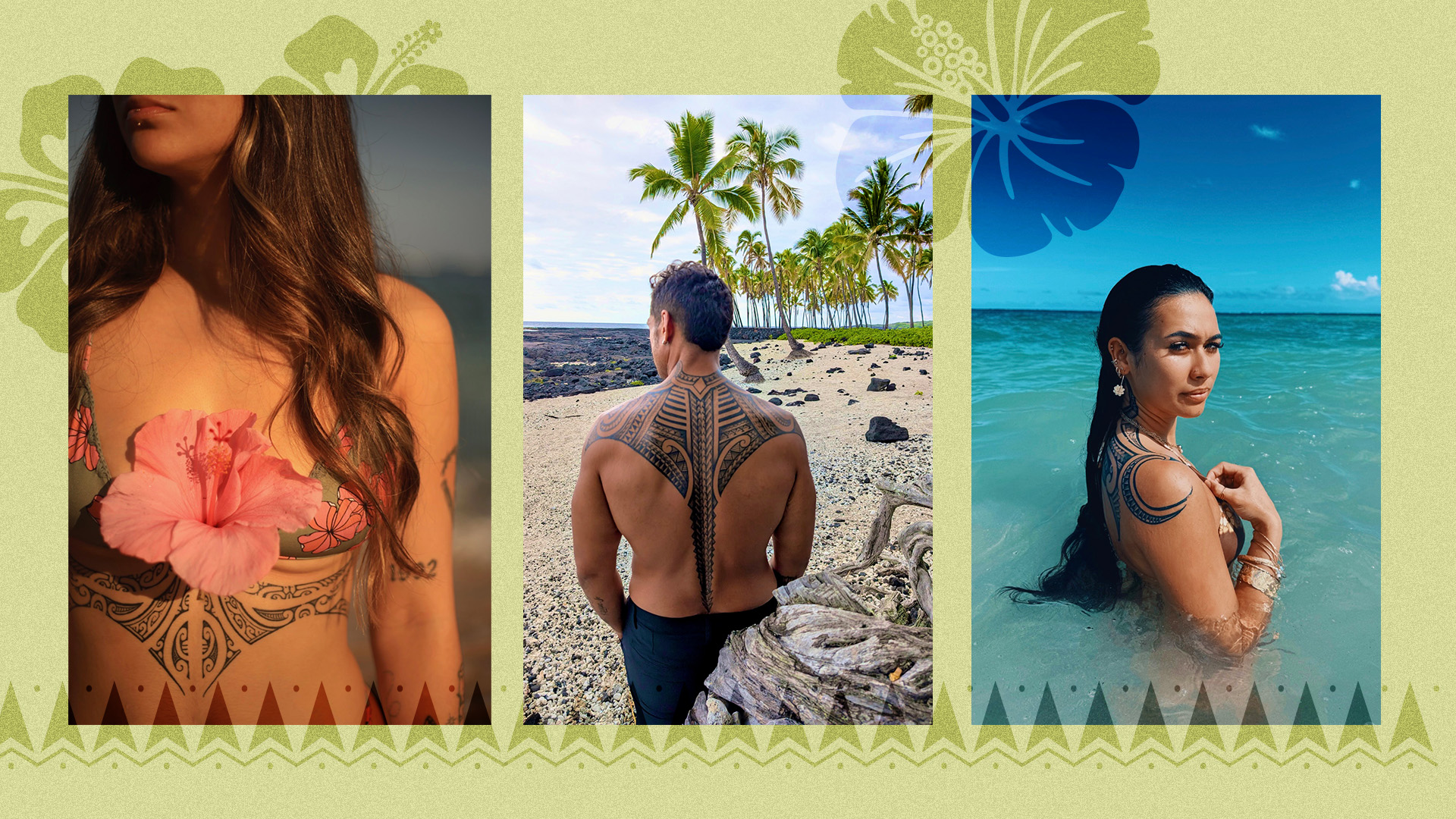
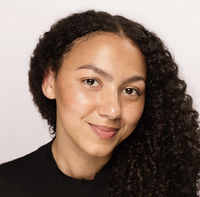
It goes without saying that these days, tattoos are everywhere. And while societal acceptance of ink has ebbed and flowed, many people who spend hours in tattoo parlors adding to their growing collections will tell you that in many cases, there are stories that come with each new addition; this is especially the case for Polynesians. Samoans specifically originally coined the term "tatau," which later became "tattoo," explains Martin “Phats” Tevega, a Samoan tattoo artist born and raised in Maui, Hawaii now working at Xodus Tattoo in South Jordan, Utah.
He explains that the most popular motifs across the board and in modern day tattooing, are Samoan and Maori. And unlike common western tattooing practices, creating designs for clients who want tribal tattoos is slightly different in nature. For Samoan designs, the patterns typically represent different animals or earth-related structures, which can be assigned different meaning, but ultimately, it's up to the one getting the tattoo to decide. "There's no actual meaning," says Tevega. "There's a name and where it came from, but what you utilize those designs for is up to you. So you tell your story however you want to tell it."
Tevega has been tattooing for 15 years and believes being an artist is his calling. "We're doing tattoos that help people remember who they are and where they come from," he says. "Being able to be that [for them] is priceless. I live for that, and for me it's more than the money."
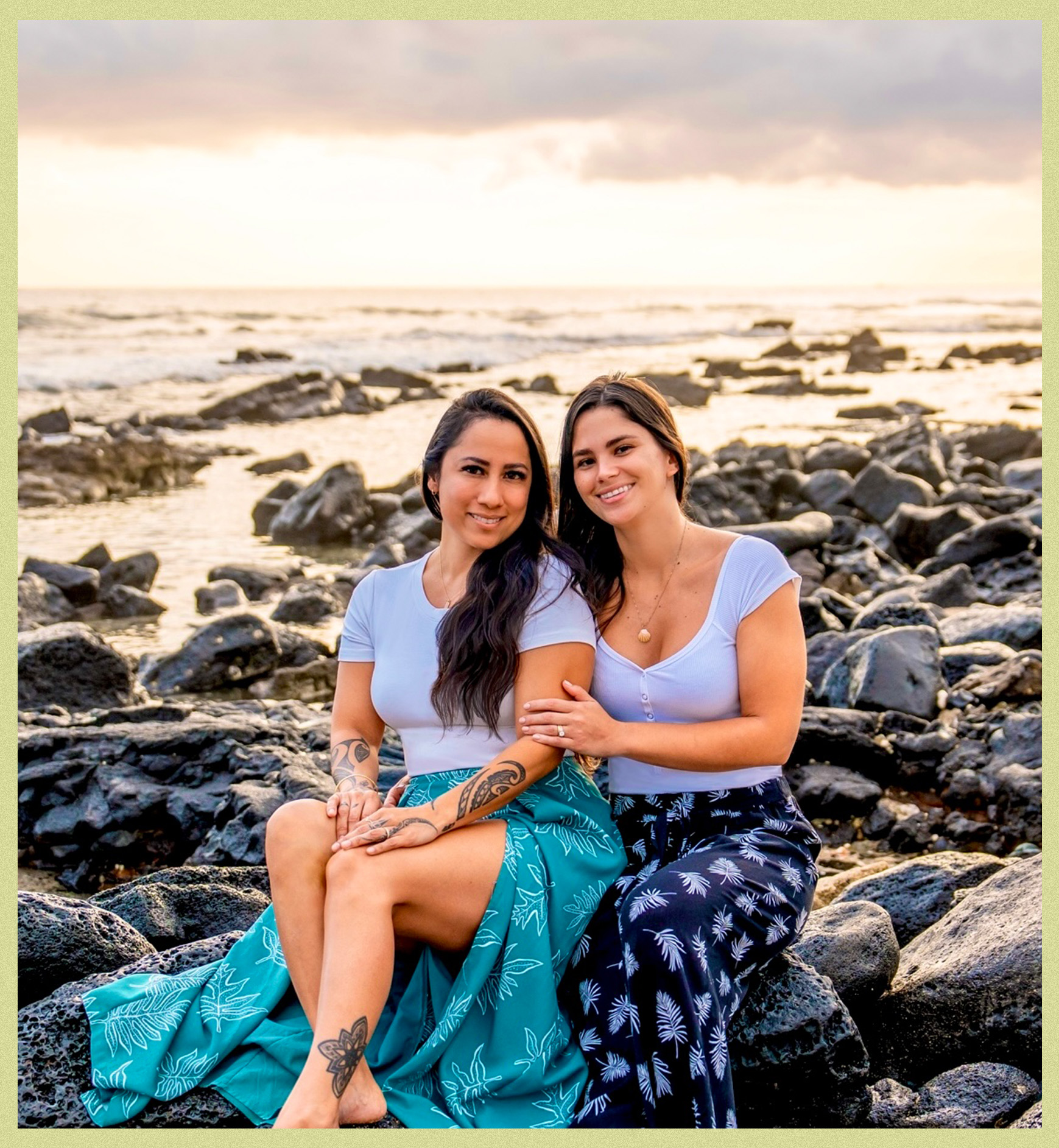
Ku’u Kaho’ohanohano, also a tattoo artist at Kanaka Tattoo based in Kona, Hawaii grew up expressing herself through art and naturally gravitated to drawing Polynesian motifs. Her desire to become an artist, though, traces back to the influences of her ancestors and the desire to contribute to keeping tradition alive. “After the illegal overthrow of the Hawaiian Kingdom in 1893, practices like tattooing were banned and forced underground,” she says. “So I think it was within the last few decades that our culture is actually being revived, and I felt called to be a part of this movement.”
With clients of different Polynesian backgrounds coming through the doors of her shop, Kaho’ohanohano consistently sharpens her education on different styles of Polynesian tattoos. Earlier in her career, she took on three years of studying with the help of cultural mentors and hands on experience to get down the fundamentals of tattooing. These days, she uses books and the guidance of her clients to create something that’s unique to them that also aligns with tradition. “We get a lot of books to learn about every culture,” says Kaho’ohanohano's partner and co-owner of Kanaka Tattoo, Makanani Colomban. “Tahitian, Samoan, Tongan, and Filipino all kind of fall under Polynesian culture, so we try to be educated in every culture so that we can get [the client] to where they want to be.”
Colomban also sees a fair share of clients who work with Kaho’ohanohano experience the emotional release that often comes with getting tattoos of cultural significance. “I think that when you get a tattoo that's actually culturally tied to your family, you get a feeling of being grounded and connected to your own people,” she says. “I've heard some clients tell Ku’u that it's more of a spiritual experience, and they felt like they had the tattoo the entire time, and it was meant to be a part of them.”
The lead up to getting a tattoo matters just as much as the process itself and the final product. Kaho’ohanohano explains that after looking over reference photos with her clients, she’ll have a deeper conversation with them about their values and mo’olelo (story). “It's really about just finding balance, having that respect, and sharing mana (power) throughout the process,” she says. “Hawaiian tattoos are more than art. The markings symbolize our roles, relationships, and responsibilities, and they connect us to our ancestors.” Given how personal Polynesian tattoos can be, it also requires deep trust between the artist and client.
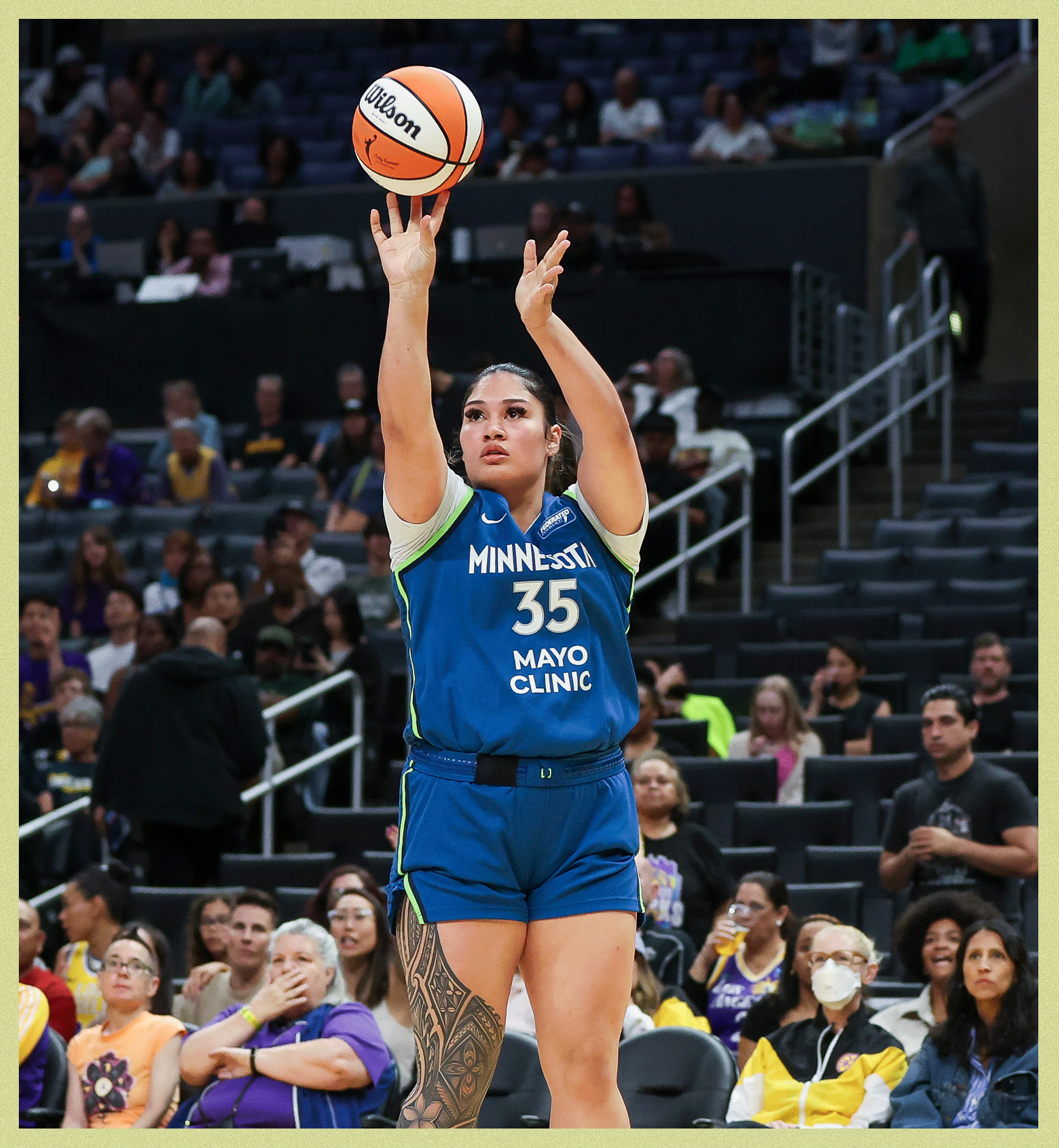
WNBA Minnesota Lynx forward Alissa Pili experienced a similar level of trust with her tattoo artist Lui Talo, based in her hometown of Anchorage, Alaska. Talo has tattooed several of Pili’s family members in the past, which made working with him on her leg sleeve a no-brainer. “I sat down with him and gave him an idea of three flowers with the tribal [patterns] going through it,” she says. “The flowers give femininity to it. If you go straight tribal, it looks a little more masculine, so I wanted to have that kind of mix, because I feel like that kind of represents who I am as a person.”
Pili feels a deeper connection to her culture by having something so permanent on her body and says it’s something she’s proud of. Her original tattoo was a lot smaller than the final product you see on the court during her games. But over time, Pili has returned to Talo to add onto it. “As I got older, I wanted it to be a staple so that when people see the tribal on my leg, [they know] it represents my Polynesian culture, especially playing basketball and being on TV.” The full tattoo was completed around the time she finished her studies at the University of Utah and got drafted to the WNBA. In hindsight, she views her tattoo as a representation of different stages of her life.
When Pili first got her tattoo, she approached it with appreciation for the way it looked and the way it connected her to her relatives who also have tattoos. But as the piece got bigger, she found that it was also about being intentional with her choice to get new ink.

Tevega was just 16 when he received his malofie (also known as a pe’a for men and referred to as a malu for women). The pe’a is tattooed from the waist to the knee and can take over a week to finish. Unlike the standard process for tattooing, this is done with the help of several people who stretch the skin while using traditional tools. “In my case, it was bore tusks fastened to a long stick, and then another heavy stick that they use to tap [the tattoo] into the skin,” he says. “The ink used to be made using burnt kukui nuts mixed with liquid, but when I got my tattoo, they were using Western made inks.”
He explains that the last part of the process is tattooing the belly button, which represents giving your soul to your culture. “It’s a keyhole to your new life and being of service to your people,” he says. Once the pe’a is complete, a blessing is done where coconut oil and turmeric is rubbed on the person to represent cleansing followed by the cracking of an egg over the head to symbolize new birth. Those who get a pe’a or malu also have to follow certain rules during the process including no sex, alcohol, or medicines. You also can’t shave or cut your hair, sleep on a bed, or be by yourself until the egg is cracked.
Tevega noticed the power of tattoos from a young age. He recalls seeing his father’s pe'a and linking it back to his ability to demand respect. “My dad was small in stature, but I used to watch him go into rooms and quiet them down. He demanded attention anywhere he went, and I always assumed that it was because of the tattoo.” But for Tevega, getting his pe'a at such a young age created a unique experience that allowed him to grow with it, noting that at the time he was too young to fully grasp how spiritual it was. ”From then to now, I got to learn about what every part of the process was and what it was for,” he says. “Recently, I got to stretch for people receiving these markings, and it solidified everything that I've learned in my life—I finally got to feel everything that I was supposed to feel back then.”

Still waiting for the right time to receive her malu is Candace Tufaga Teisina, a mother of three and co-owner of Hanai Family Services, born and raised in Laie, Hawaii, now based in West Valley City, Utah. Like Tevega, Teisina may also have to go through a several-day-long process and the final product will run from the upper legs, down to the knees. Her father and three brothers all have the pe’a, but Teisina is a firm believer that timing is everything. “With the malu comes a lot of responsibility and commitment,” she says. “I don't think right now the timing is right for that specific tattoo, but I still felt called to have other representations to feel connected to my brothers and my dad. You don’t just do it to do it, you have to feel it in your spirit.”
The other representations in question are two Samoan tattoos: one on Teisina's foot and a recent addition on her hand. During our video call, she holds up the back of her hand to the camera so I can see the new ink. To anyone who isn’t familiar with the meaning of these symbols, the markings appear as diamonds and arrow-like marks down her fingers with a star towards the outer corner of her hand. To Teisina, and others in her community, her tattoo shows clear motifs of the malu.
“The jellyfish motif has a significance of femininity, grace, and softness— they're very majestic creatures, but also very poisonous and dangerous, and that’s how Samoan women are looked at in the culture,” says Teisina. She also points out the centipedes, frigate birds, footprints, and celestial star for voyaging on her hand. “The role of a mother is to guide and lead her family—that's kind of what that means also,” she says. “The back of the hand is like a road map or navigation tool to the role of a woman in her family, community, and in society, and I think that portrays me well.”
She decided to get the tattoo on her foot just before leaving her home in Hawaii for college in Wyoming with the help of tattoo artist Kaha Ki’i (known as Kaha Ki’i Arts). “I told him I wanted something that [represented] family, protection, strength, femininity, and a piece of home,” says Teisina. “He incorporated all of those things into my foot tattoo, and I wanted it on my foot because all you have are your feet to take you from here to there…it's your foundation.” At the time, Teisina was eagerly waiting to leave Hawaii, but the recent hand tattoo felt like a full circle moment. “The frigate bird [on my hand] always comes back to land. And it was so significant to me, because as much as I wanted to leave Hawaii and see the world, there's always a longing for me to come back.”
Teisina's sentiment is one that's shared by Polynesians across the world who get tattoos to feel more connected to their culture. It's a reminder that while the art itself is beautiful, it's also deeply tied to stories that transcend just ink on skin, but rather generations of resilience.
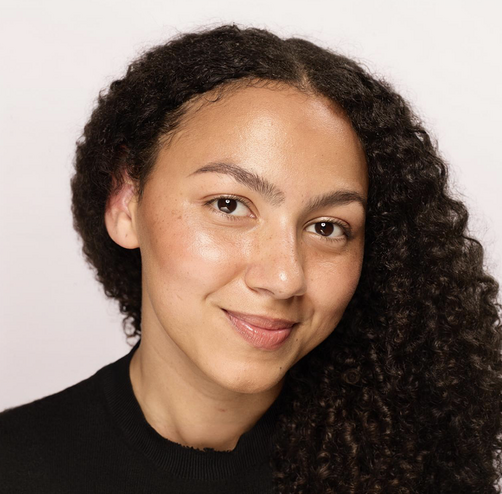
Sabrina Talbert is a New York-based journalist with six years of experience covering lifestyle and wellness for print and digital publications. She is currently the Assistant Beauty Editor at Who What Wear and has bylines in Women’s Health, Byrdie, NYLON, The Daily Front Row, and more. She’s passionate about covering topics related to haircare, skincare, and the latest happenings at the intersection of beauty and sports. When she’s not writing or testing products, you can catch her running and binge-watching F1 or boxing.